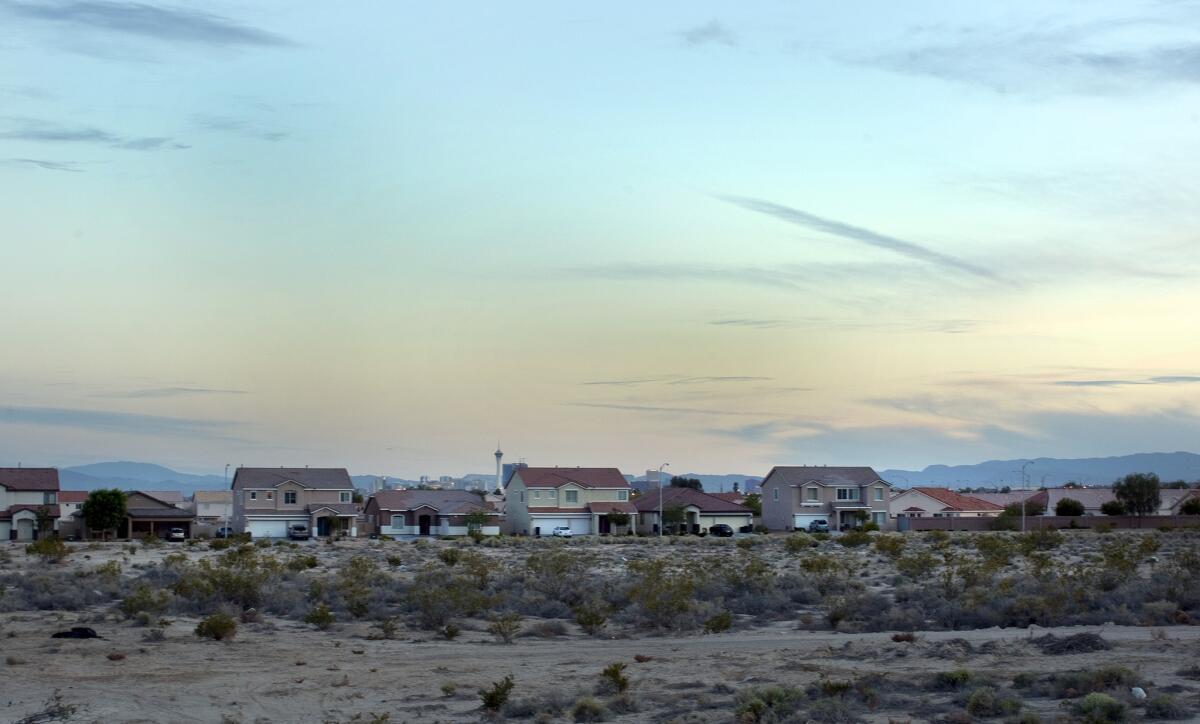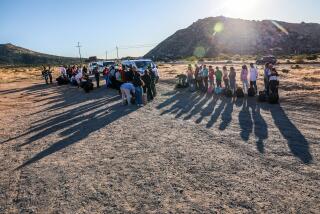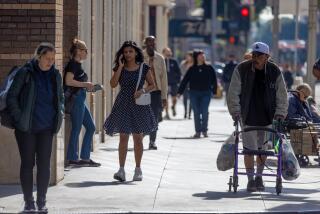New data show ‘snowbelt-to-sunbelt’ migration sluggish to return

California and New York still lure hundreds of thousands of immigrants from across the globe, but Texas, Florida, Colorado and the Carolinas are far more magnetic for people already living in the country, according to new estimates released Thursday by the U.S. Census Bureau.
Late last year, the Census Bureau announced that southern and western states had driven much of the population growth nationwide. The new numbers show what was behind the growth in each state: more babies, more immigrants or more newcomers from other states.
The fresh estimates are also another way of measuring whether the recession, which clamped down on state-to-state movement, has loosened its grip on American migration. Scholars said the new data, which gauged movement between July 2012 and July 2013, showed only feeble signs of recovery.
“People were sort of frozen in place by the recession,” said Kenneth M. Johnson, senior demographer at the Carsey Institute at the University of New Hampshire. Now, years after the downturn was declared to be over, the new numbers show it is still shaping how Americans live. “Things are better than they were during the worst of the recession, but nowhere near where they were before.”
“There is no evidence in these data that the recession’s grip on U.S. demographic trends is ending,” Johnson added in an email.
The snowbelt-to-sunbelt migration that characterized the boom years has resumed, but only sluggishly, Brookings Institution senior fellow William Frey said. In the wake of the recession, millennials have remained cautious about moving, putting a drag on state-to-state migration, he said.
“We’re not back to normal,” Frey said.
States such as Florida, Arizona and Nevada — “the poster children of the boom and bust” — still aren’t pulling in as many people as during their boom years, Frey added. His analysis found that the number of people moving to those “high flyers” from other states actually fell between 2012 and 2013.
Nevada, for instance, attracted more than 50,000 people annually from other states during boom years. During the recession, it lost people to other states and is now only attracting a fraction of the domestic migrants it used to.
And that trend isn’t accelerating: In the most recent year tracked by the Census Bureau, fewer people migrated to Nevada from other states than the year before, a “hiccup” eyed closely by Frey and other researchers.
“We don’t understand it,” USC demographer Dowell Myers said. Though more people are migrating than during the downturn, “it’s been a puzzle that it’s taken so long. It’s like people were shell-shocked beyond the point at which there was good reason to pause.”
In places like New York and California, immigration from abroad has offset the flow of residents to other states. The entire northeastern region, for example, was estimated to have lost more than 208,000 people to other parts of the country, yet gained more than 227,000 foreign immigrants in the most recent year.
California “used to be a state that received people from all over the world and the rest of the United States,” said Hans Johnson, senior fellow at the Public Policy Institute of California.
“Now it’s a place that receives people from the rest of the world — including highly educated immigrants flocking to the tech industry — and sends people out to other parts of the U.S.,” Johnson said.
Twitter: @latimesemily
More to Read
Sign up for Essential California
The most important California stories and recommendations in your inbox every morning.
You may occasionally receive promotional content from the Los Angeles Times.











